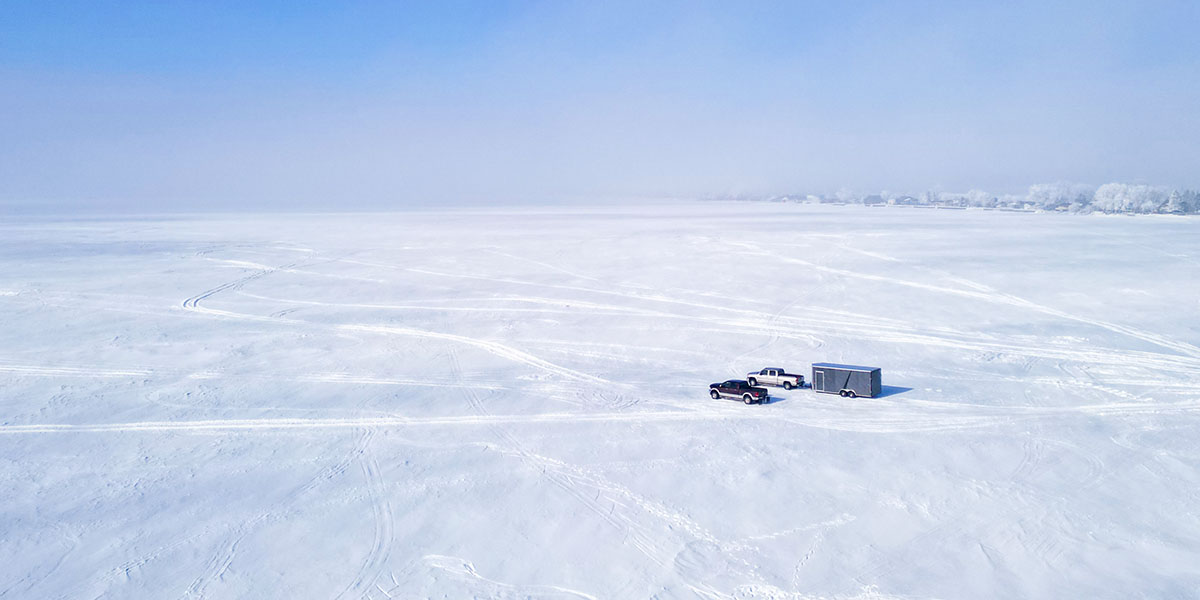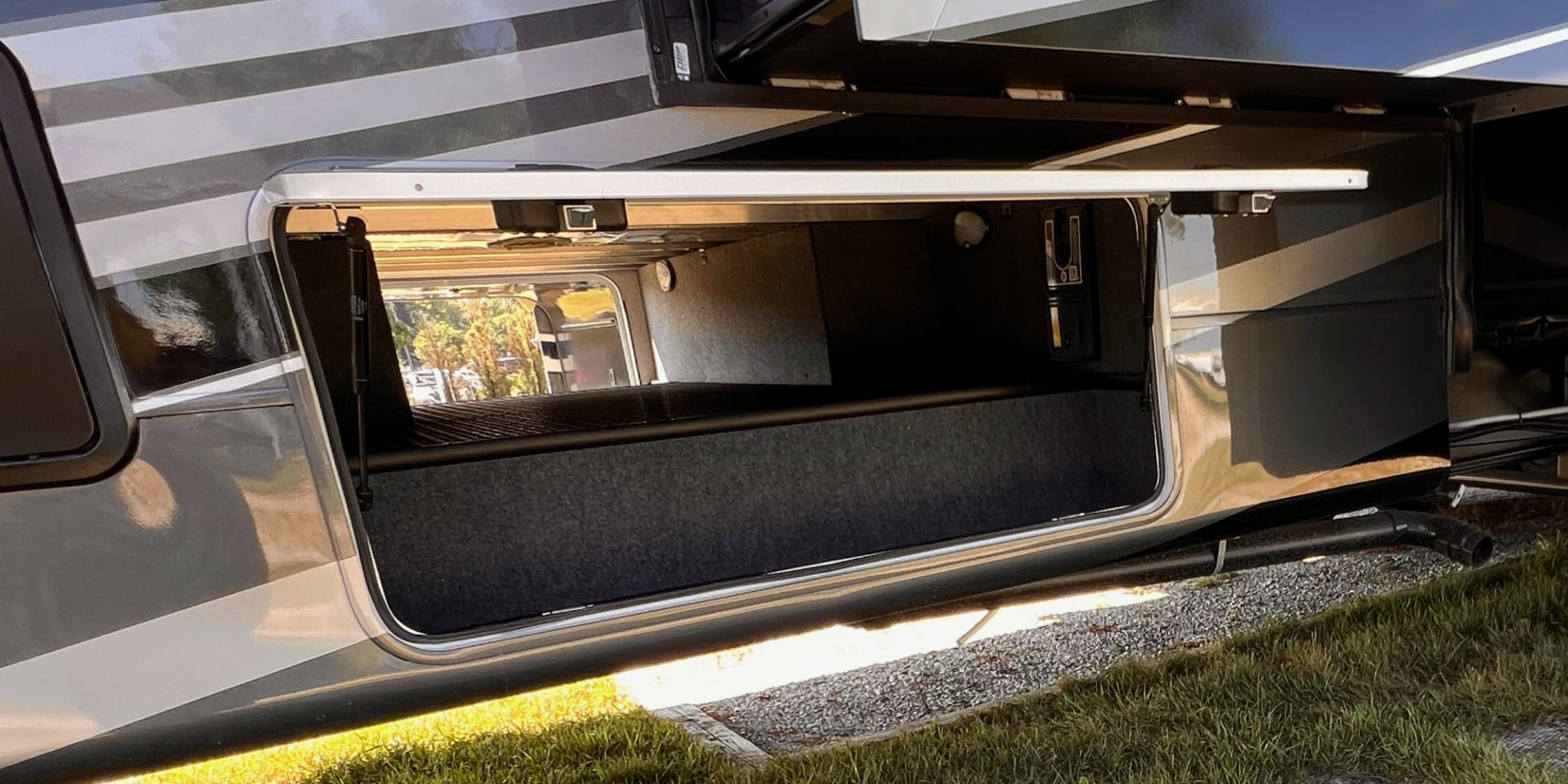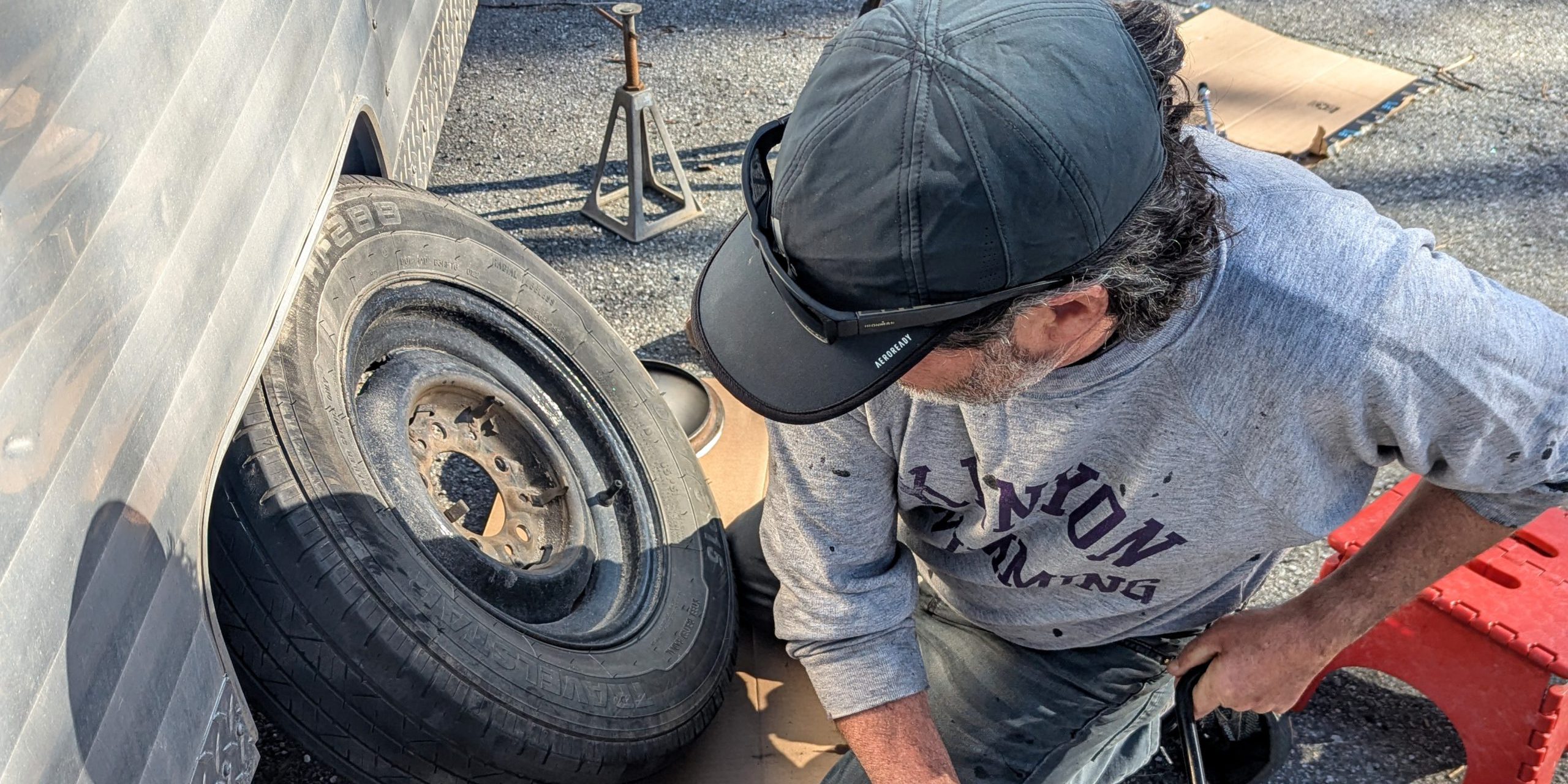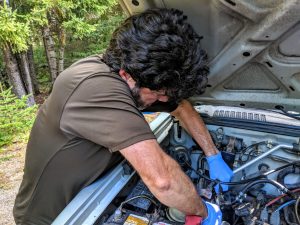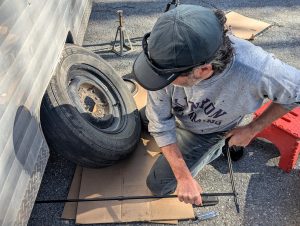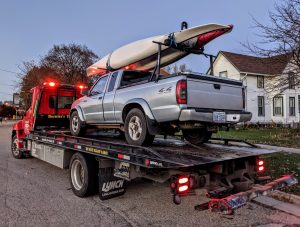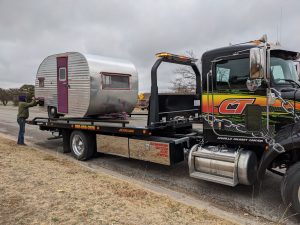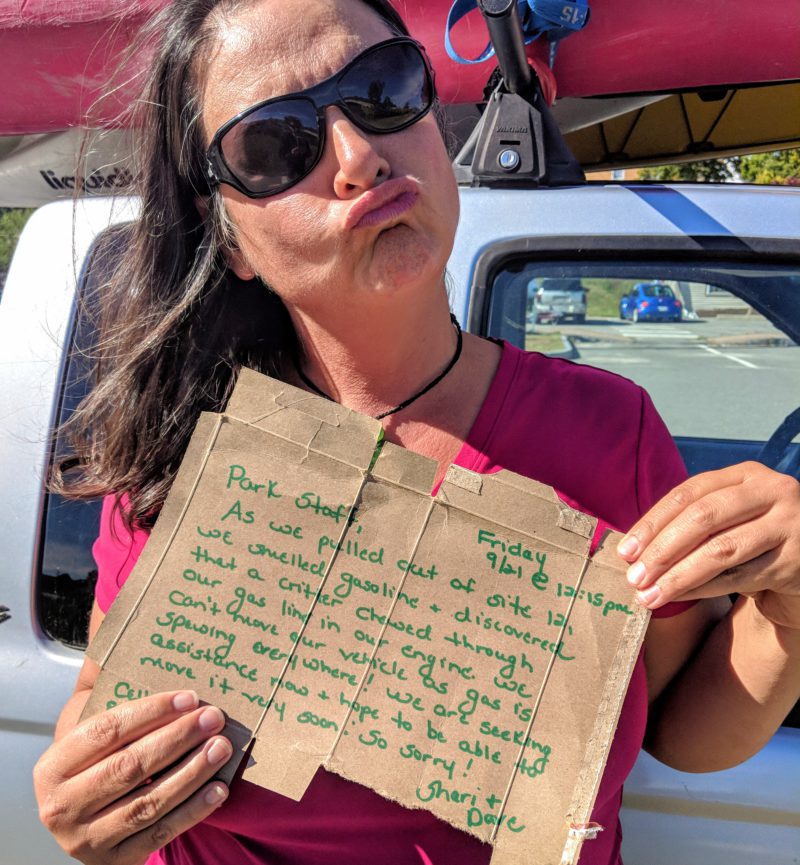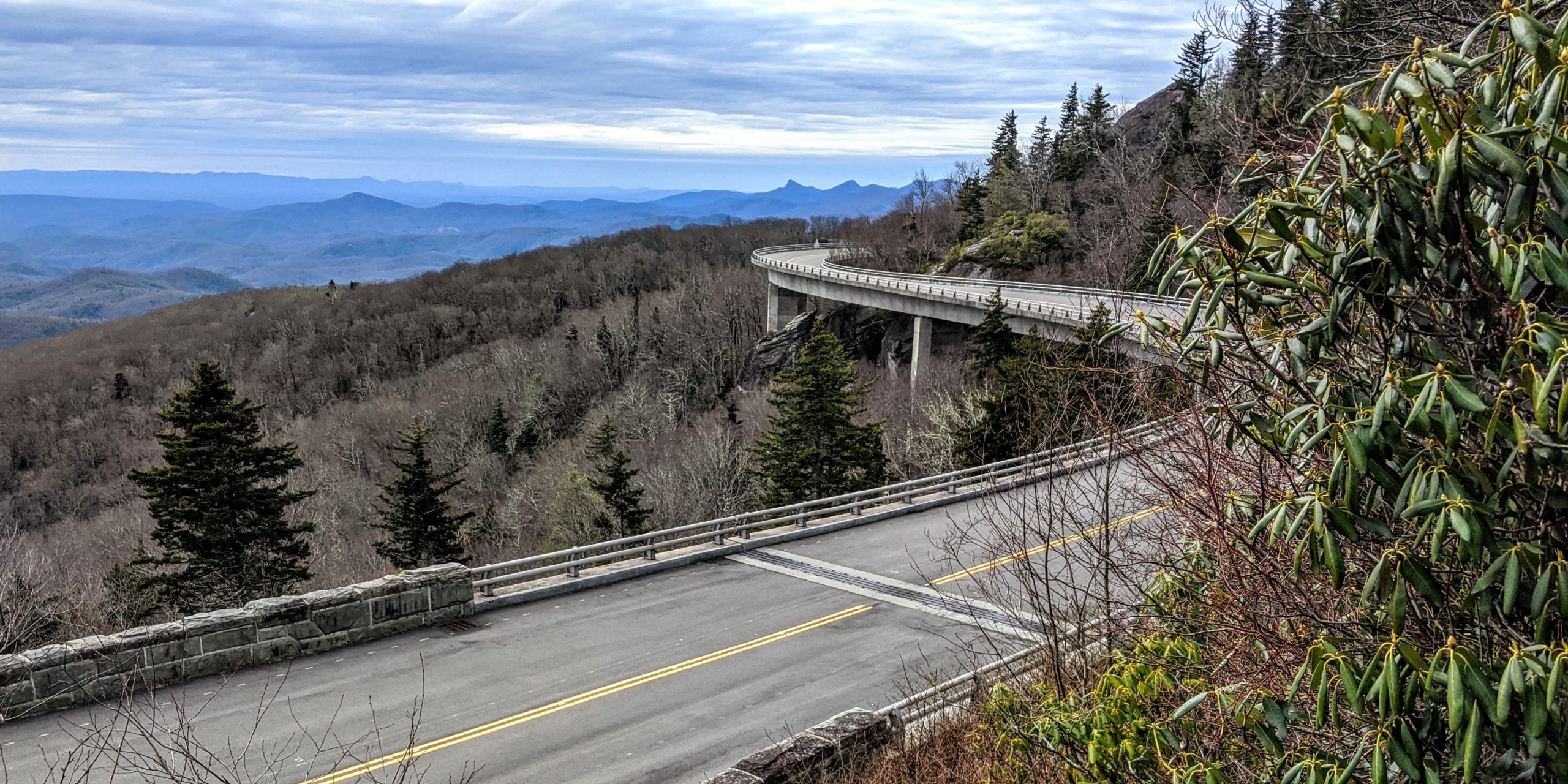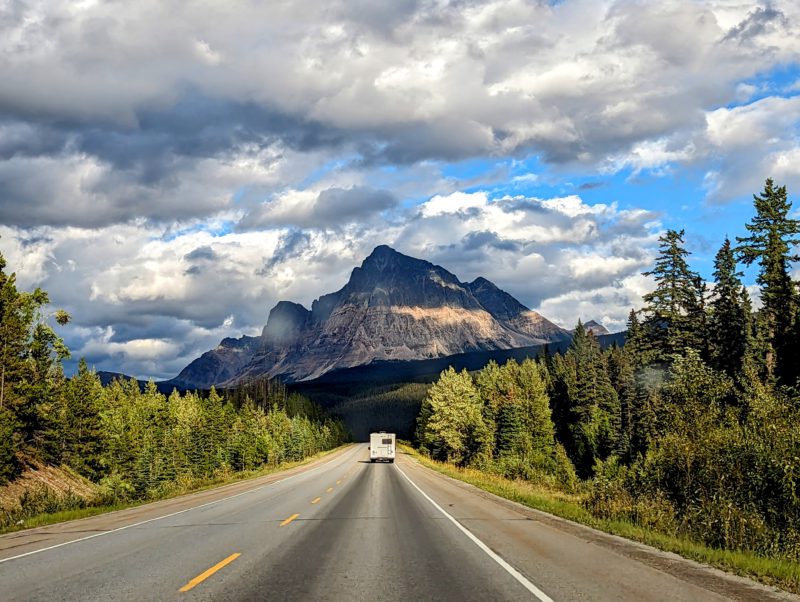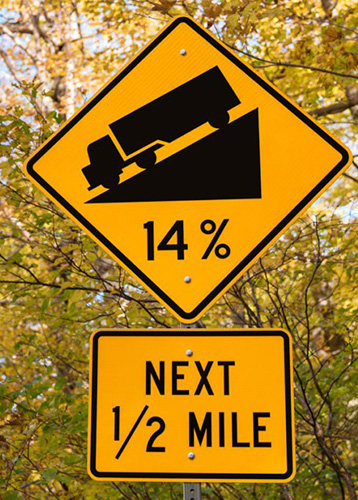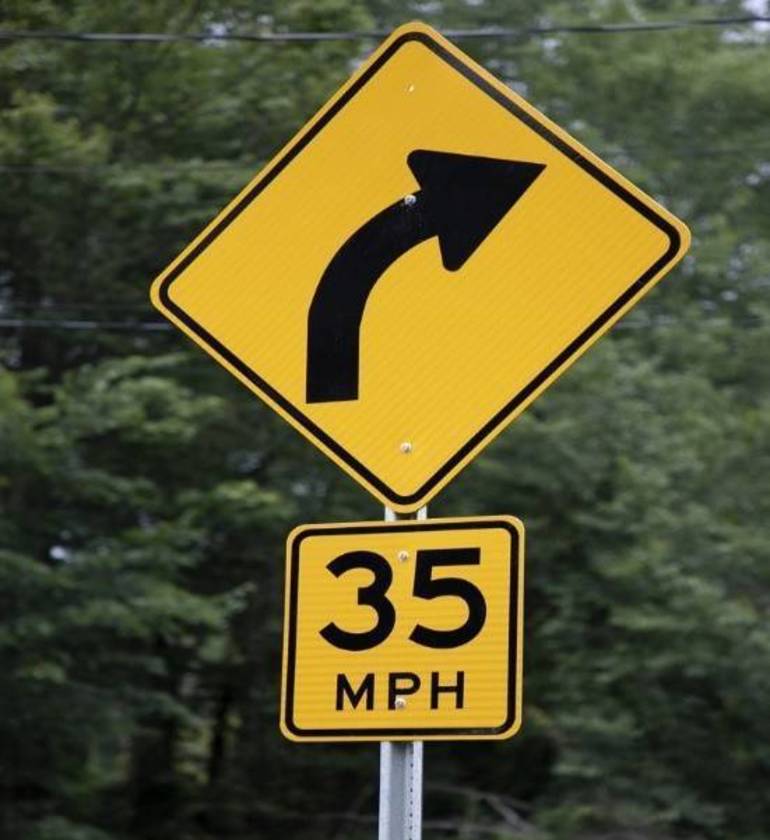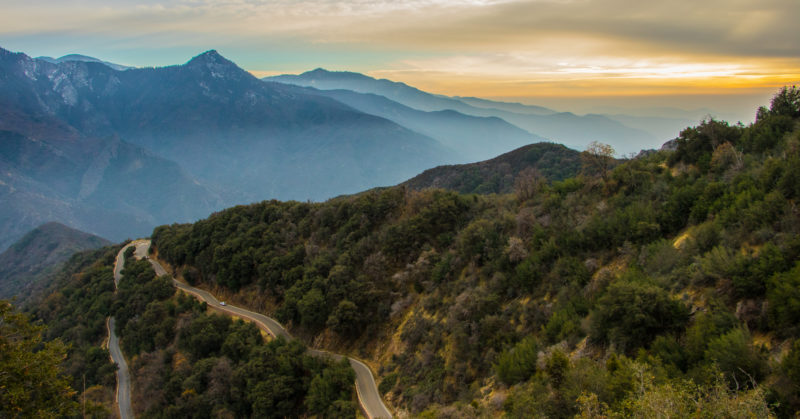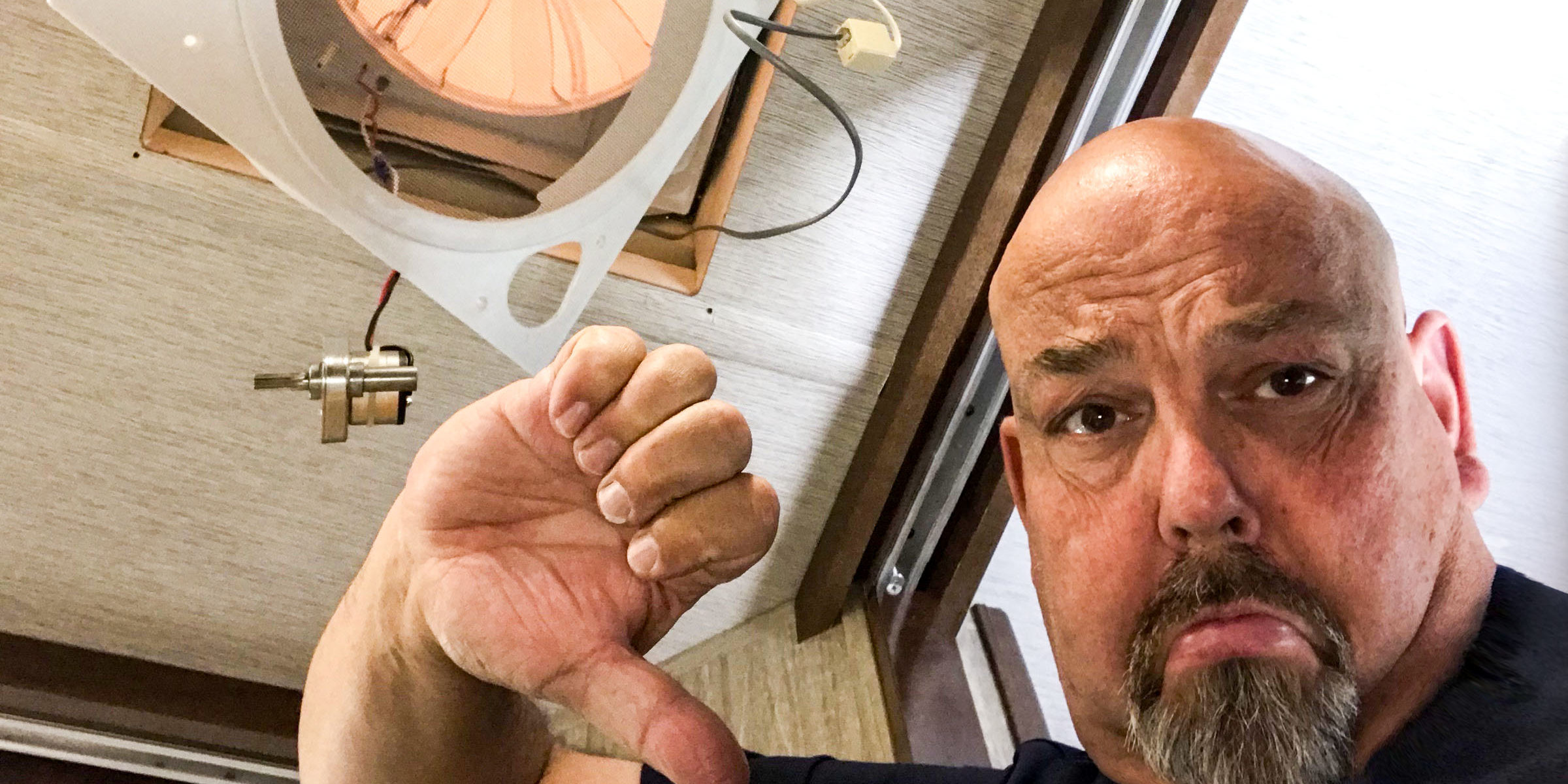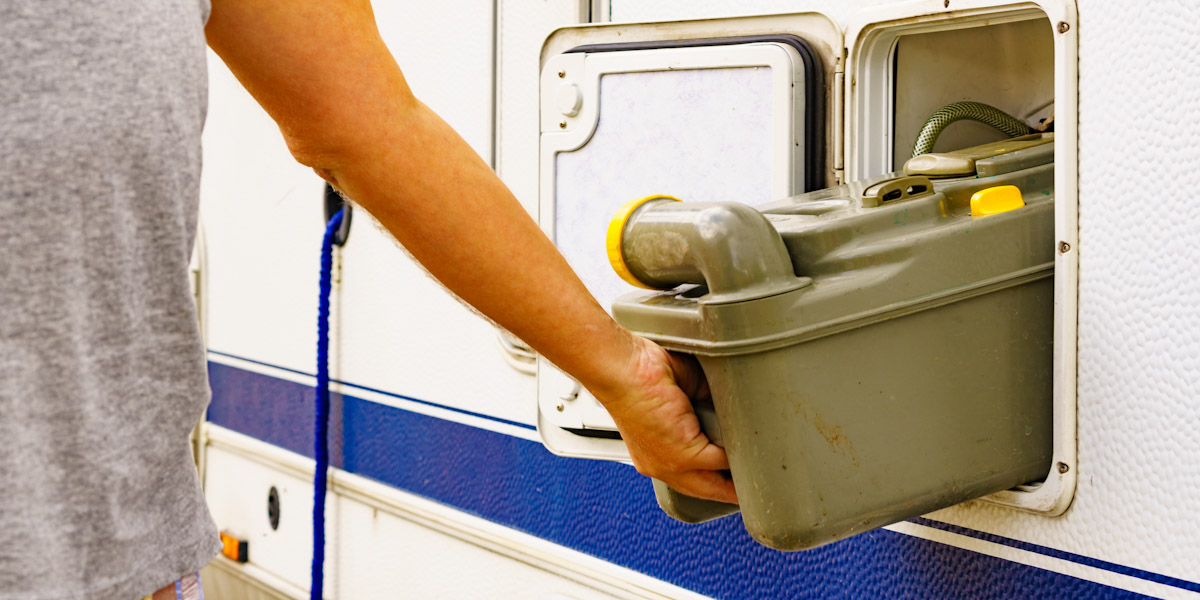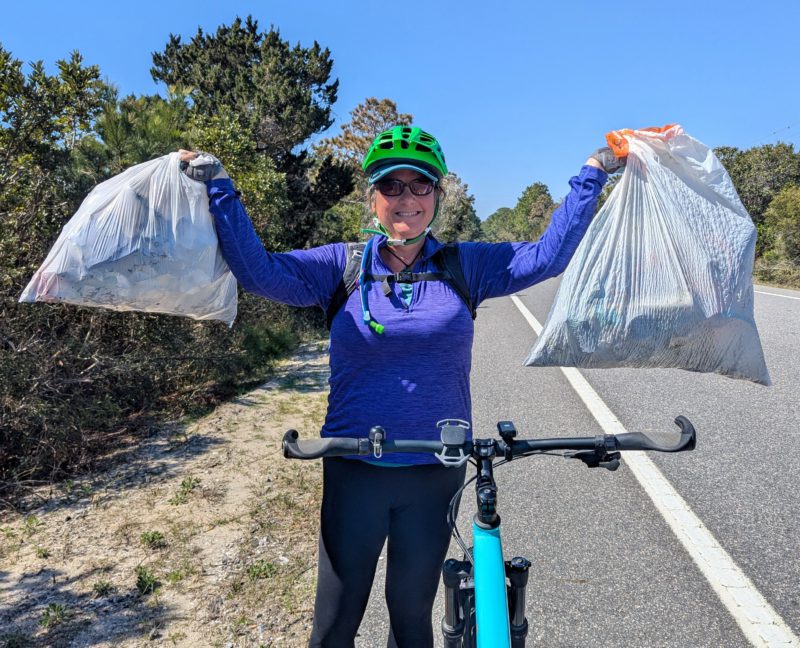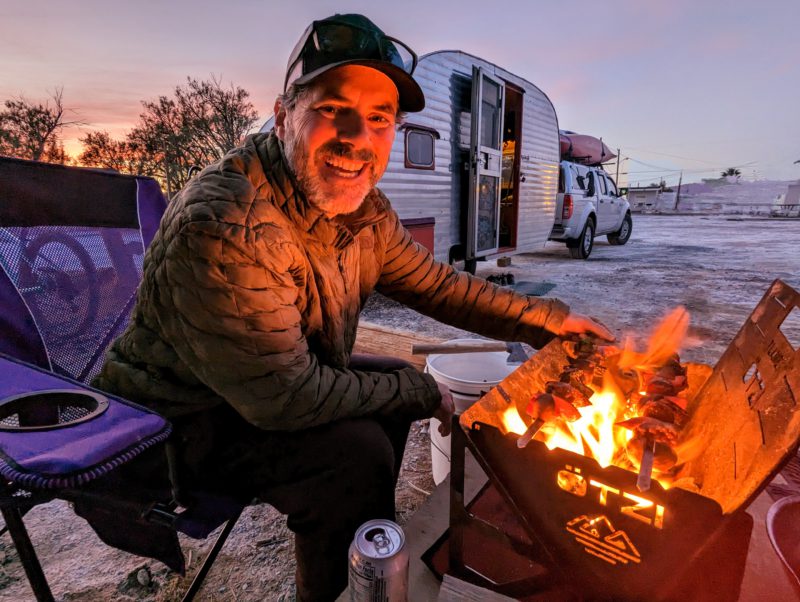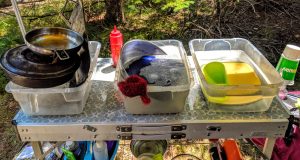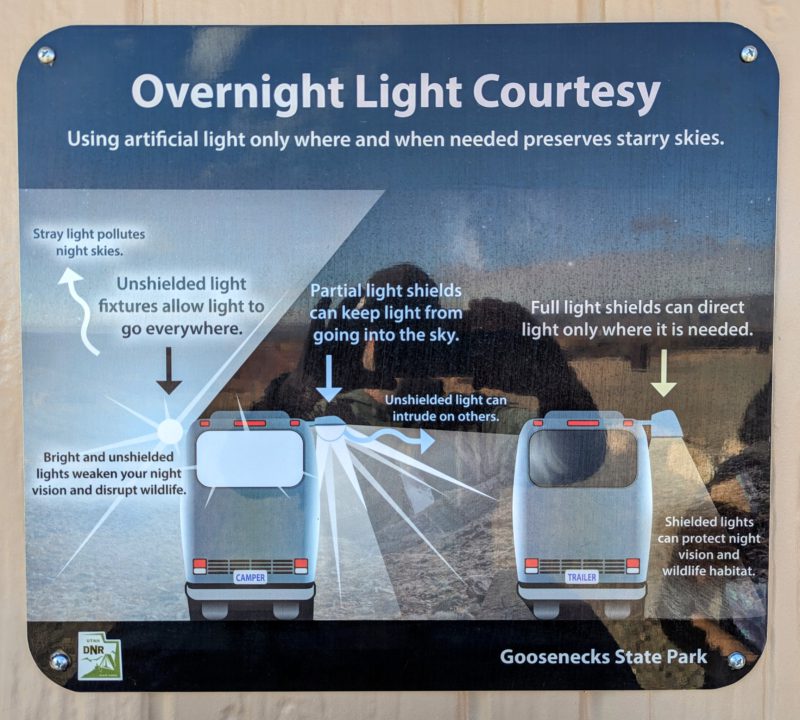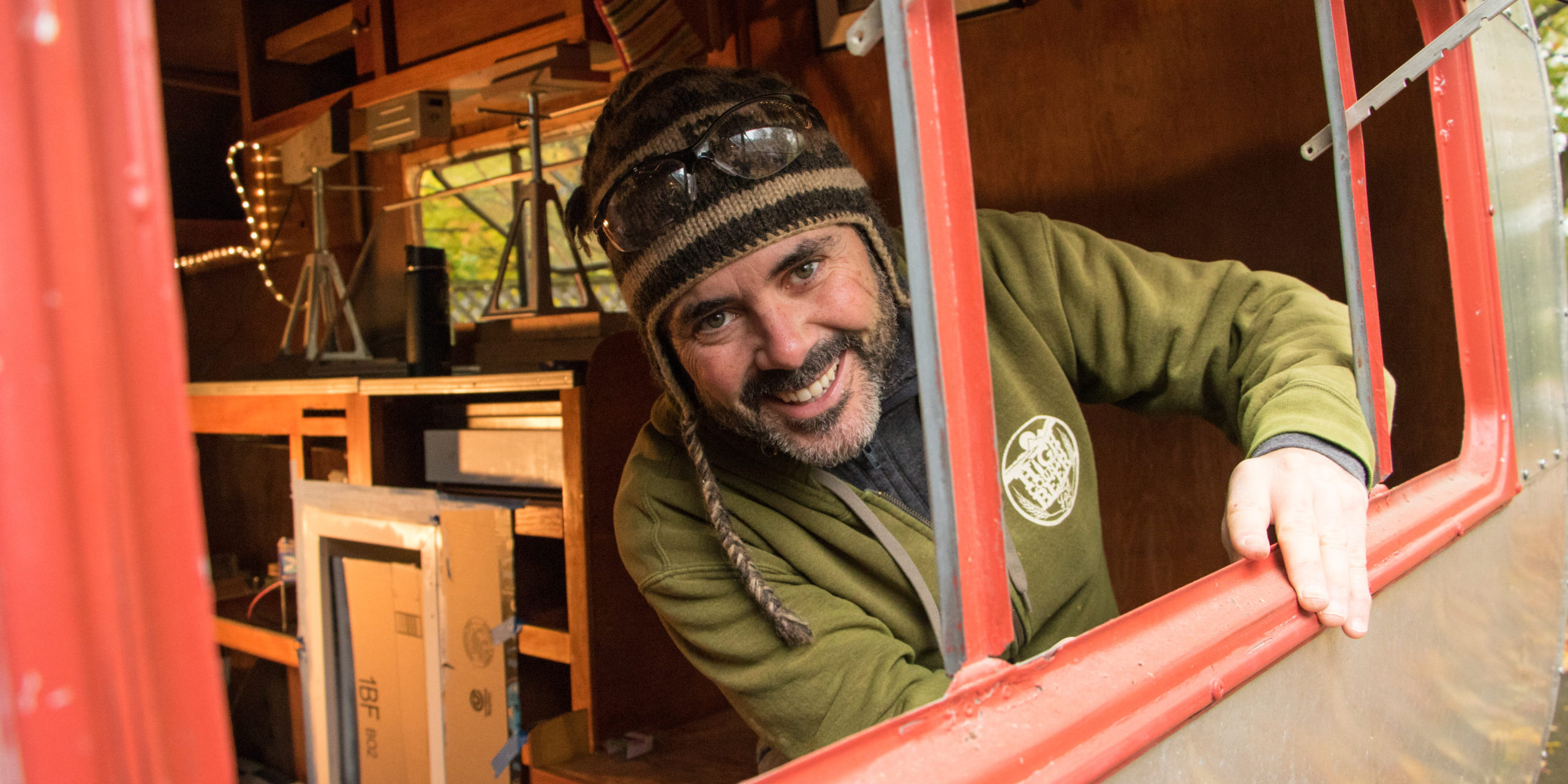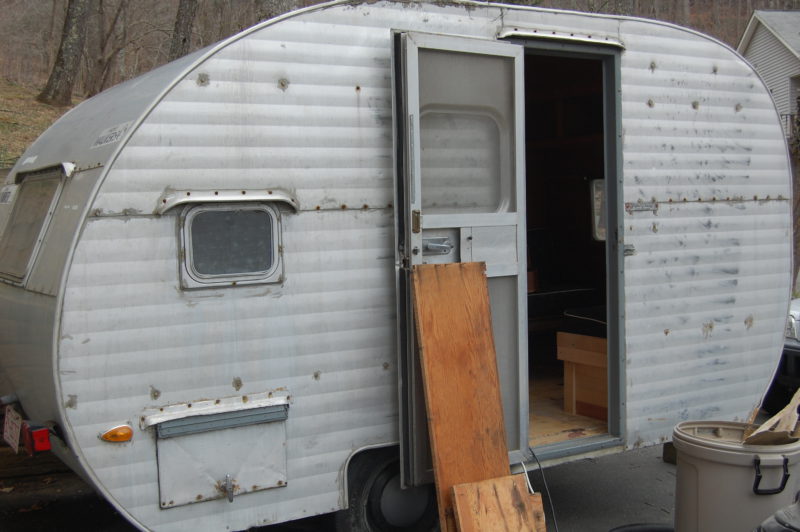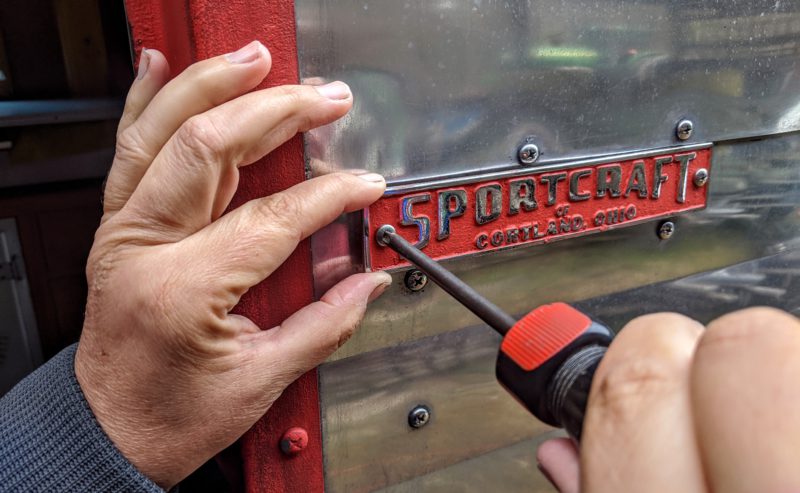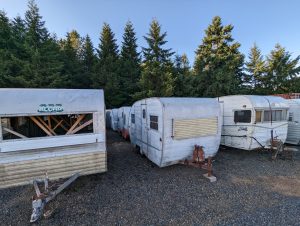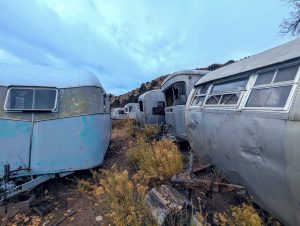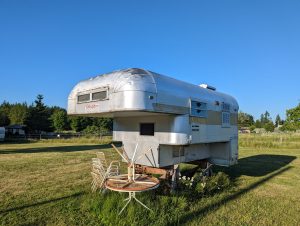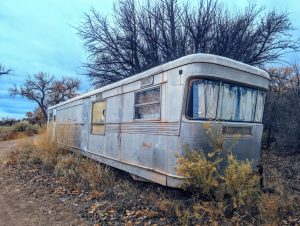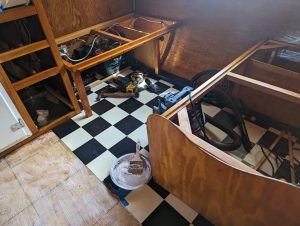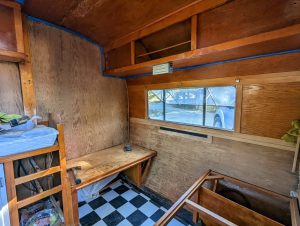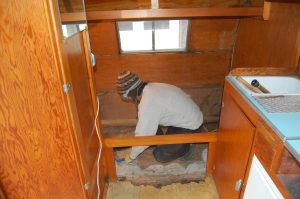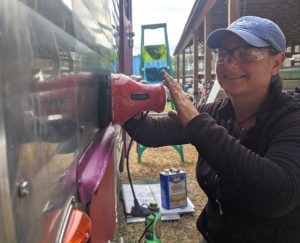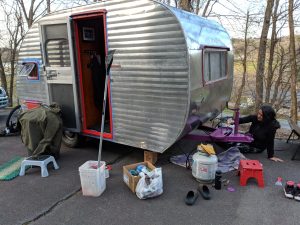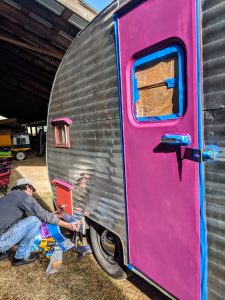Nothing says you’re committed to outdoor recreation like spending the night on a frozen lake. But for the relatively few frozen folks who have chozen ice fishing as their go-to hobby, the fish house makes it as palatable as possible. Fish houses are RVs that have been stripped of every extra pound to make them as light as feasible. You get a simple metal frame, some lightweight walls, and minimal insulation, with rudimentary comforts inside, like a TV and a bathroom. The floor has either a single hole or multiple holes in the floor, to give access to the lake for fishing.
These RVs are built for extreme winter conditions and offer a unique experience for extreme anglers.
Size and Space
Fish houses are compact yet incredibly functional, built for towing and use on ice. Most models are between 16 to 24 feet long, though smaller or larger options are available depending on the manufacturer. Their lightweight construction allows for easy transport, even on icy or snow-covered roads.
The drop-down axle system is a hallmark of fish house design. This lets the frame of the unit be dropped directly on the ice, providing stability and eliminating drafts that would otherwise slip underneath a raised floor. Despite their compact size, manufacturers make clever use of space, ensuring every square foot (and every ounce of weight) serves a purpose. Some higher end models might include slide-outs, which expand the interior space once the house is set up, accommodating additional occupants or gear. But typical fish houses are intentionally sparse.
Interior Layout and Amenities
The interiors of fish houses are thoughtfully designed for the unique needs of ice anglers. The primary distinguishing feature is the floor, which includes strategically placed, insulated fishing holes. It’s these holes, with removable covers, that let you to fish indoors without subjecting yourself to the elements. Some high-end models include built-in lighting above the holes, making nighttime fishing easier and more enjoyable.
Seating arrangements vary but usually include benches, reclining chairs, or sofas, many of which can be converted into sleeping bunks. Kitchens are compact yet practical, often featuring a small stove, microwave, and mini-fridge. In some units, you’ll find a countertop with a built-in cutting board for cleaning fish. Bathrooms are common in mid-range and luxury models, with cassette toilets or portable options being the norm.
Luxury fish houses can come equipped with extra amenities, like entertainment systems, flat-screen TVs, Bluetooth speakers, and even electric fireplaces. These features make the interior feel less like an ice bunker and more like a cozy winter cabin.
Storage and Utilities
Anglers need space for rods, tackle, bait, and ice fishing gear, and manufacturers have responded with clever solutions. Many models feature built-in rod holders, tackle compartments, and overhead bins. External storage compartments provide additional room for bulkier items like ice augers and propane tanks.
Utilities in fish houses are built for efficiency. Propane is typically used for heating and cooking, with heaters designed to keep the interior warm even in subzero temperatures. Battery packs or small solar panels power lights, fans, and other basic electronics. Some models offer an inverter system, allowing you to run additional appliances or charge devices while off the grid.
Driving and Performance
Fish houses are carefully engineered for icy conditions. Their lightweight construction makes them easy to haul with most trucks or SUVs, and the drop-down axle system ensures that the house can be quickly and securely positioned on the ice. Reinforced tires and the utility of their rugged frames add durability, allowing the unit to handle uneven terrain or icy roads without issue.
Setup is quick and straightforward, with most models designed for single-person operation. Once in place, the house’s stability and insulation will keep you warm and fuzzy, away from whatever kind of weather is raging outside.
Durability and Longevity
Built to withstand harsh winter conditions, fish houses feature robust construction and weather-resistant materials. Insulated aluminum or fiberglass exteriors protect against wind and snow, while seals around windows and doors are beefier than typical RV models to prevent drafts. The drop-down axle system, a critical component of the design, is most often built for long-term reliability with proper maintenance.
Regular upkeep will extend the life house of a fish house significantly. Stay up to date on regular inspections of seals, lubricating moving parts, and checking for rust, and these units can provide years of reliable service, making them a sound investment for serious anglers.
Cost and Investment
Entry-level models with basic amenities typically start around $15,000 to $20,000. These will be basic units that offer just the essential fishing features and insulation, but may lack luxury extras.
Mid-range fish houses, priced between $25,000 and $35,000, include upgraded interiors, enhanced heating systems, and more advanced storage options. High-end models, which can exceed $50,000, often come with residential-style finishes, advanced entertainment systems, and premium heating and insulation for maximum comfort.
While the initial cost may seem steep, a well-maintained fish house holds its value and can be resold or used for many years, making it a worthwhile investment for passionate ice anglers.
Target Audience
Fish houses are ideal for ice fishing enthusiasts who value comfort and convenience. They cater to solo anglers seeking solitude on the ice, but also families or groups of friends looking for a cozy retreat during freezable fishing trips.
These units are built just for one type of person: hardcore anglers who spend extended periods ice fishing, whether for recreational or competitive purposes. They particularly attract those who are in it for the social aspect of ice fishing, as the comfortable interior makes it easy to host gatherings or share the experience with others.
For anyone who loves ice fishing but hates freezing their tackle off, a fish house is the perfect solution. They pack functionality, warmth, and practicality into a specialized RV package that can make the frostiest of fishing trips an adventure to look forward to.
Check Out Other Types of RV
Like we said, fish houses are for a very specific kind of RVer with features customized to a very specific season. Want a take a peak at some RVs not built to park on ice? (How broadminded of you!) Learn more about the other different types of RV with the following articles.
Class A Motorhomes: An RV Buyer Basics Guide
Class B Motorhomes: An RV Buyer Basics Guide
Class C Motorhomes: An RV Buyer Basics Guide
Fifth Wheels: An RV Buyer Basics Guide
Toy Haulers: An RV Buyer Basics Guide
Travel Trailers: An RV Buyer Basics Guide
Pop-Up Campers: An RV Buyer Basics Guide
Teardrop Trailers: An RV Buyer Basics Guide
Truck Campers: An RV Buyer Basics Guide
Fish Houses: An RV Buyer Basics Guide
